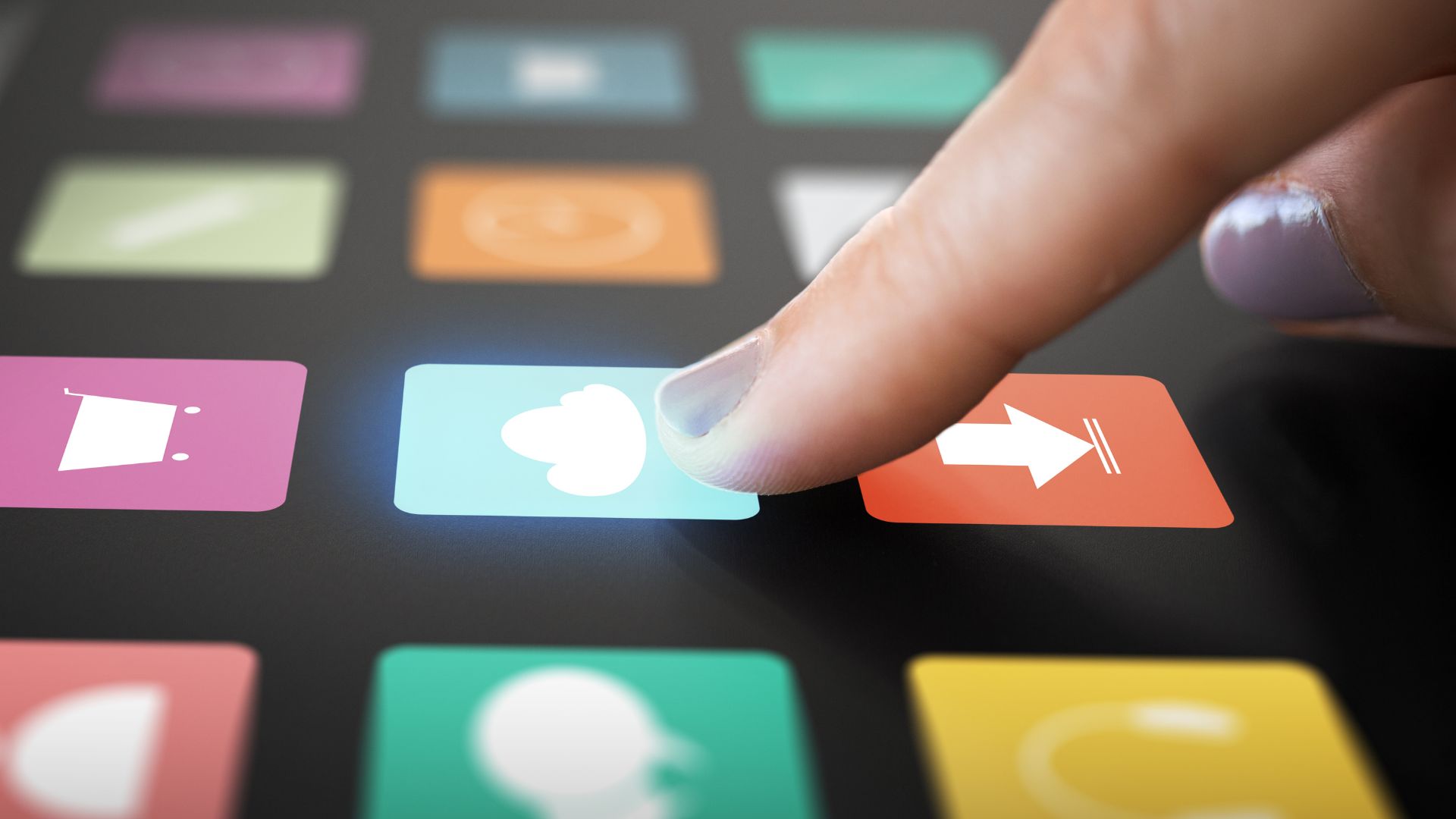Messaging apps icons play a crucial role in our daily digital interactions, shaping how we communicate and connect with others. From the familiar green speech bubble of WhatsApp to the iconic blue bird of Twitter, these tiny symbols hold immense power in conveying messages and emotions at a glance. As we navigate through a sea of app icons on our screens, each one represents a gateway to a unique virtual world where conversations unfold and relationships are nurtured.
Messaging App Icons
From Text to Imagery
Messaging app icons have evolved significantly from the early days of text-based communication. Initially, messaging platforms relied on text-based names or initials to represent contacts or applications. However, with the rise of visual communication and the need for quick recognition, icons gradually replaced text to enhance user experience. These icons transitioned from simple representations to more intricate designs, incorporating symbols and images that resonate with users’ emotions and intentions.
The Role of Color and Shape
Colors and shapes play a crucial role in the evolution of messaging app icons. Designers carefully select colors to evoke specific emotions or associations, creating visual triggers that impact user perceptions and behaviors. Vibrant colors like blue and green are often chosen for their calming and inviting qualities, while bold colors such as red and orange can convey urgency or excitement. Additionally, the shape of an icon can influence its recognition and usability. Rounded shapes are commonly used for friendlier and more approachable icons, while sharp edges and angles can suggest strength or modernity. By blending strategic color choices with distinct shapes, messaging app icons can effectively communicate brand identity and user messaging preferences.
Understanding the Impact of Icon Design
First Impressions Count
Icons are the visual doorway to the soul of an app. They serve as the first point of contact, creating an immediate impression on users. The design, colors, and shapes of icons can influence how users perceive and engage with an app. When users see an app icon, it sets the tone for their entire experience. Vibrant colors may evoke excitement, while muted tones can suggest sophistication. Therefore, crafting icons that align with the app’s identity is crucial for making a positive first impression on users.
The Psychology Behind Icon Attraction
Icon design goes beyond aesthetics; it taps into psychology to attract users. Colors play a significant role in conveying emotions and messages. For instance, red can signify urgency or passion, while green is often associated with growth or relaxation. Shapes, too, communicate subtle messages. Circular icons may convey a sense of unity or eternity, while angular shapes can suggest strength or innovation. By understanding the psychological impact of colors and shapes, designers can create icons that resonate with users on a deeper level, fostering an emotional connection that enhances user engagement.
Top Messaging Apps and Their Iconic Icons
I’ve delved into the realm of messaging app icons, exploring their evolution from basic symbols to complex designs that convey specific emotions and associations. Colors and shapes play a pivotal role in enhancing the user experience, guiding perceptions, and shaping brand recognition in the digital communication landscape.
WhatsApp’s Green Speech Bubble
WhatsApp’s iconic green speech bubble is instantly recognizable to millions of users worldwide. The color green, known for its calming effects, creates a sense of tranquility and security when engaging in conversations. The simplicity of the speech bubble design allows for easy identification and conveys a message of open communication and connectivity.
Facebook Messenger’s Blue Lightning Bolt
The blue lightning bolt of Facebook Messenger symbolizes speed, energy, and dynamism. Blue, a color associated with trust and reliability, instills a sense of confidence in users when messaging. The lightning bolt design signifies instant messaging and quick responses, aligning with the app’s emphasis on real-time communication and connectivity.
